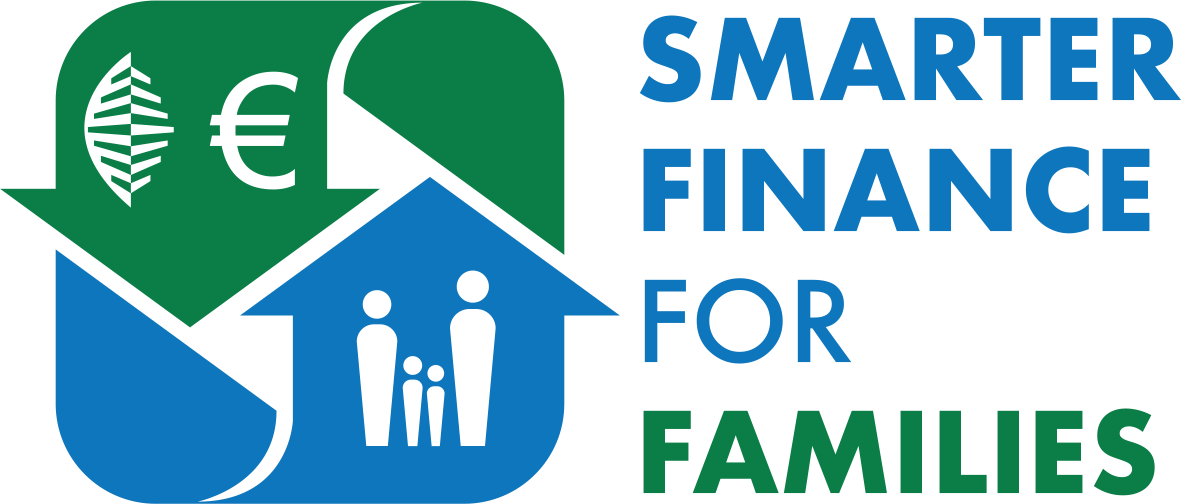Could natural and renewable material be a driving force for social-economic development? Could we replace artificial thermal insulation with insulation made of natural and renewable materials? What constitutes green design? These are questions we ask ourselves as we chart our path to achieve the all EU Green Deal strategic goals 2050, amidst the rising fear that raw materials and energy resources are depleting in addition to increasing air pollution.
Green design is not just about low-energy consumption. Its about environmental integration through smart design. It is not enough to focus on decreasing energy consumption, instead we need to
- decrease construction costs,
- use less harmful technologies and materials for humans and nature
- improve our quality of life through circular economy
Circular economy philosophy includes the concepts of application of natural and local materials, and responsible management of those materials as they grow. Natural materials also have better environmental and primary energy values.
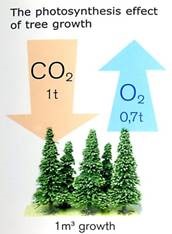
There are two ways to reduce CO₂ in the atmosphere: either by reducing emissions, or by removing CO₂ and storing it: reducing ‘carbon sources’ and increasing ‘carbon sinks’. Natural material such as wood, straw, hemp has the unique ability to do both, which makes them carbon neutral even carbon negative.
My scientific work, experiments and applications of natural materials is closely related with research on our history and traditional residential architecture in Bosnia and Herzegovina. The traditional Bosnian house with its rich functional design, spatial organization and connection with the natural environment presents a valuable example of sustainable design through history. The use of local natural materials such as wood, stone, straw, lime and adobe brick, brings this typology back into the limelight of residential architecture.
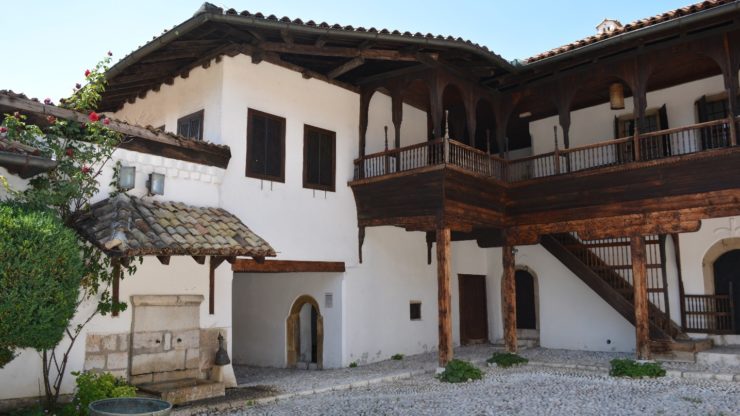
The urban context of this traditional typology has a very strong connection with nature. Individual Bosnian houses were usually built on hill slopes, providing residents with views out, sunshine, and intimacy. Our studies prove that the construction revival of traditional Bosnian houses is a positive direction if we optimise climate-dependent conditions. The traditional material analysis showed that these materials allow optimization in certain BiH climate conditions, even up to passive house requirements.
Sharing laboratory is a project we developed with students to harness knowledge from traditional construction combined with innovative approaches and experiments. As part of the laboratory, an experimental building was developed that consisted of a timber structure, straw-bale walls with bio-based plastering, recycled windows and doors, straw-bale floor, and roof insulation as well as green roof. Locally produced sheep wool insulation was used on the roof and portion of the wall.
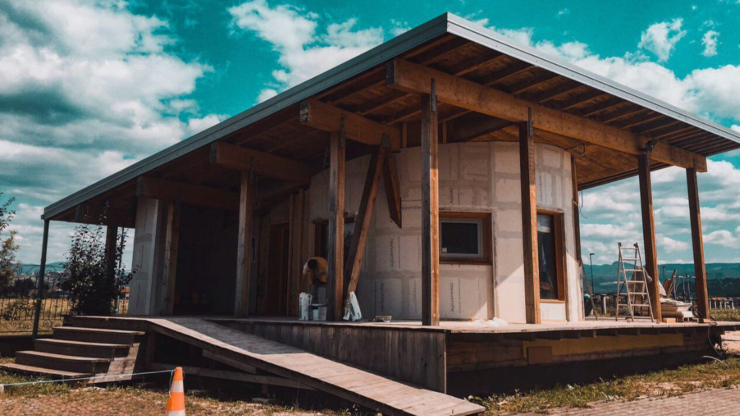
Learning by doing was adopted as the best approach for students and young professionals. They came together from different and related disciplines (architecture, civil engineering, mechanical engineering, landscape, forestry, civil engineering, agriculture, IT and electro-technical), from all over BiH and the region to collaborate in a live interdisciplinary approach and see the benefits for themselves. The Sharing Laboratory focused on natural materials, measures for Green Certification and Responsible Green Building SMART approach.
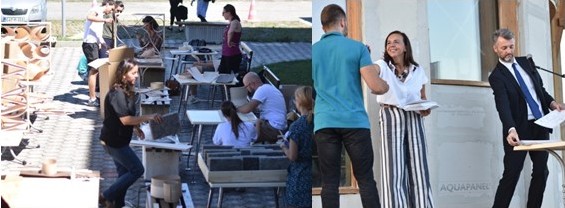
The EU HORIZON 2020 SMARTER project naturally and perfectly linked to all aspects of the Sharing Laboratory ensuring that our outcomes aligned with accredited processes in the EU, regarding responsible sustainable approach in the building sector and circular economy. Existing toolkits adapted to our local language presented perfect tools for us and our students for check lists for all future education and practical work. SMARTER project ensures that shared knowledge between our 17 partners will be disseminated to our summer schools in 2020 plus regional partners in Croatia, Serbia, Montenegro, North Macedonia, Albania, Kosovo and more. We have already reached many architects, developers, industry and business representatives, financial institutions, mayors and families who are ready to rethink, see beyond the box and understand the importance of health and better quality of life. These qualities have been spotlighted during the pandemic period and the SMARTER project has the answers to shift to a local approach, circular economy and green design – Homes with the best environments in the most efficient and sustainable way.
Look around, nature is perfect. In nature, we find answers to all questions, problems and concerns. Nature, more than ever, needs us to understand, to care and to love. Rumi in the XI century said: “the earth turns to gold in the hands of smart people”. Not only the earth, we will find much more in nature of value for us.
For the first time in the history of human development, our children are getting ill more frequently than we were. Wake up. We have to change!
Share this
Sector: Buildings
Country / Region: Bosnia and Herzegovina
Tags: Green Council BiH, Indoor Air Quality, natural materials, sharing laboratory, SMARTER, traditional typology, Udahni zdravljeIn 1 user collection: SMARTER – Blog
Knowledge Object: Web Resource
Author: Sanela Klaric

